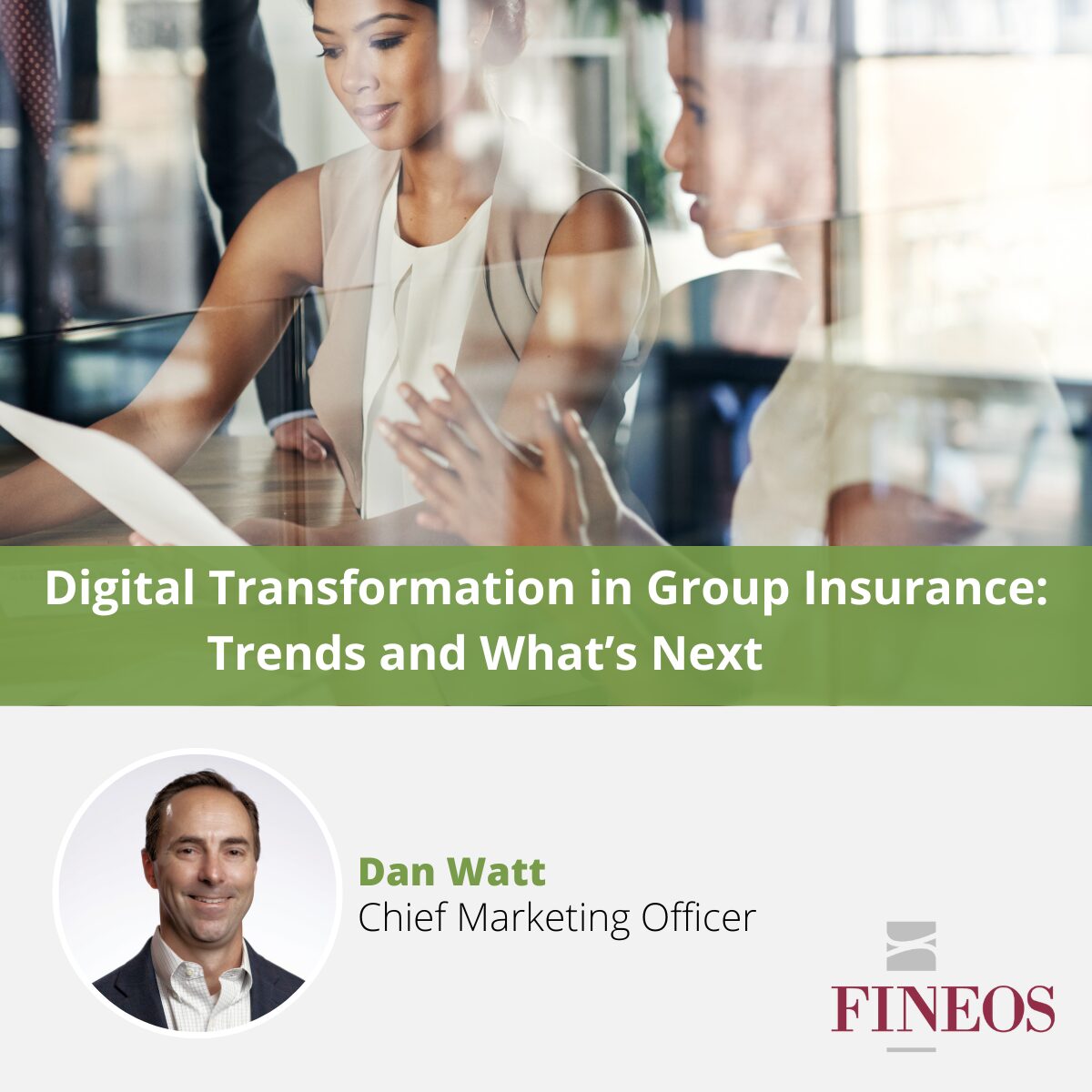Three issues that are resonating in the Employee Benefits market are realigning to the changing workforce, reimagining consumer engagement, and reinventing the processes that connect them. I had the privilege of engaging on these and other issues on a panel at the recent LIMRA ETSS 2022 conference.
Discussing workforce and consumer issues is always interesting since they are effectively two sides of the same coin and there is a perceived imbalance as insurers are looking to attract younger customers in the Employee Benefits space, where less than five years ago, 63% of independent insurance agents were Baby Boomers. While many Boomers are up on digital engagement use —the first hurdle in addressing the younger market — the bigger hurdle is not understanding the social and financial context of Millennials and Gen Zers that produce very different life goals, expectations and buying behavior. In many cases, we don’t use the same language. How often in the employee benefits space do we use the term “consumer” instead of “employee?” This single word changes the way we think about our industry and value proposition.
There are three things we need to think about to bridge this gap in the Employee Benefits space:
- Insurers will need a diverse workforce to engage with a diverse consumer. This will require rethinking incentives, culture and to some extent, the nature of work. An immediate example is the post-COVID return to the office debate between work from anywhere and the get-back-to-your-cubicle-where-I-can-see-you approach. Modern communication technology and SaaS-based cloud systems have made work from anywhere a natural option for information workers; leaders who understand the new paradigm can manage that model quite well.
- Market opportunity is changing. The old products, business models and metrics don’t necessarily support where the market is headed. For example, while some insurers are looking at the gig economy as an opportunity to serve an emerging market, many can’t yet conceive how to approach this market. It’s not really a traditional Group insurance risk pool around an employer, and many insurers see it as individual insurance market with relatively high premiums for some segments of the market. Others do see some potential to treat groups of gig workers as affinity groups but struggle with the business model to make that work. And in most cases, the current gig worker market seems small enough to ignore. Of course, a large percentage of that market is made up of … Millennials and Gen Zers.
- The Employee Benefits process makes the connection between the insurer and the consumer, but that’s changing. As we seek more change in our businesses to support both digital transformation at the consumer direct level and ecosystem connectivity for consumer support through benefit administrators and other value chain partners, managing change will become a huge issue. At LIMRA ETSS, LIMRA LDEx standard discussions were a large part of this conference. Insurers struggle with fitting the standard into the same models and mindsets the industry has had for decades rather than accept the disruption and look for advantage. Once a true generally adopted standard is in place that enables easy connectivity between value chain partners at much lower cost, the economics of the Employee Benefits market will change. It will be much easier and more cost-effective to work with non-traditional distribution in niche markets, serve smaller markets, and reduce the inherent friction in the ecosystem. This is important for insurers at a time when there are more Employee Benefits value chain players than ever before.
At FINEOS, we realize that as a core system vendor, we need to serve the current need while maintaining a future-forward perspective on where the industry is going to support our customers as they adapt to the changing market. Our focus on solutions purpose-built for Employee Benefits requires us to understand not only evolving technology but also the evolving nature of the Employee Benefits market writ large.


